Glastonbury Festival is over 50 years old and there are so many milestone moments to remember. We take a look back at its history, from big-name discoveries to British weather woes...
Glastonbury Festival is something of a British institution. Whether you’ve ever been there yourself or just watched agog on TV as welly-wearing festivalgoers tromp through mud and rain to see their favourite bands, it’s become a milestone in the British summer calendar.
We can hardly believe its been 54 years since the first Glastonbury when Somerset farmer Michael Eavis invited 1,500 locals to have a pop festival on his farm for £1 a ticket – including a carton of his cow’s milk! But like many events, this year’s Glastonbury Festival has been cancelled because of coronavirus. Since the party is well and truly back on we wanted to pay our own tribute to the iconic festival with a whistle-stop tour through its incredible history.
When was the first Glastonbury festival?
It was the summer of 1970 when dairy farmer Michael Eavis took a break from milking cows to visit The Bath Festival of Blues and Progressive Music. A counterculture music festival, he stood wide-eyed as the likes of Led Zeppelin and Pink Floyd took to the stage. Later that day, his brain whirring with ideas, he told his wife Jean that he wanted to stage a similar event of his own. Her reply? “Don’t be silly”. Nevertheless, Michael got to work establishing what he called Pilton Pop Festival, named after his local village.
On September 19, 1970, just a day after the sad news that Jimi Hendrix had died, Michael opened up his farm gates for the first ever festival.
For a start, it was foggy and damp – kickstarting a tradition of being plagued by British weather. Also, Michael had expected crowds of 5,000, but far less than that turned up. More problematic though was the line-up. Michael had initially booked The Kinks to headline the festival – their song Lola was a favourite of his to play while milking. But they pulled out last minute, allegedly when they saw the event dubbed a ‘mini festival’ in a newspaper. Having to think quick, Michael replaced them with T-Rex.
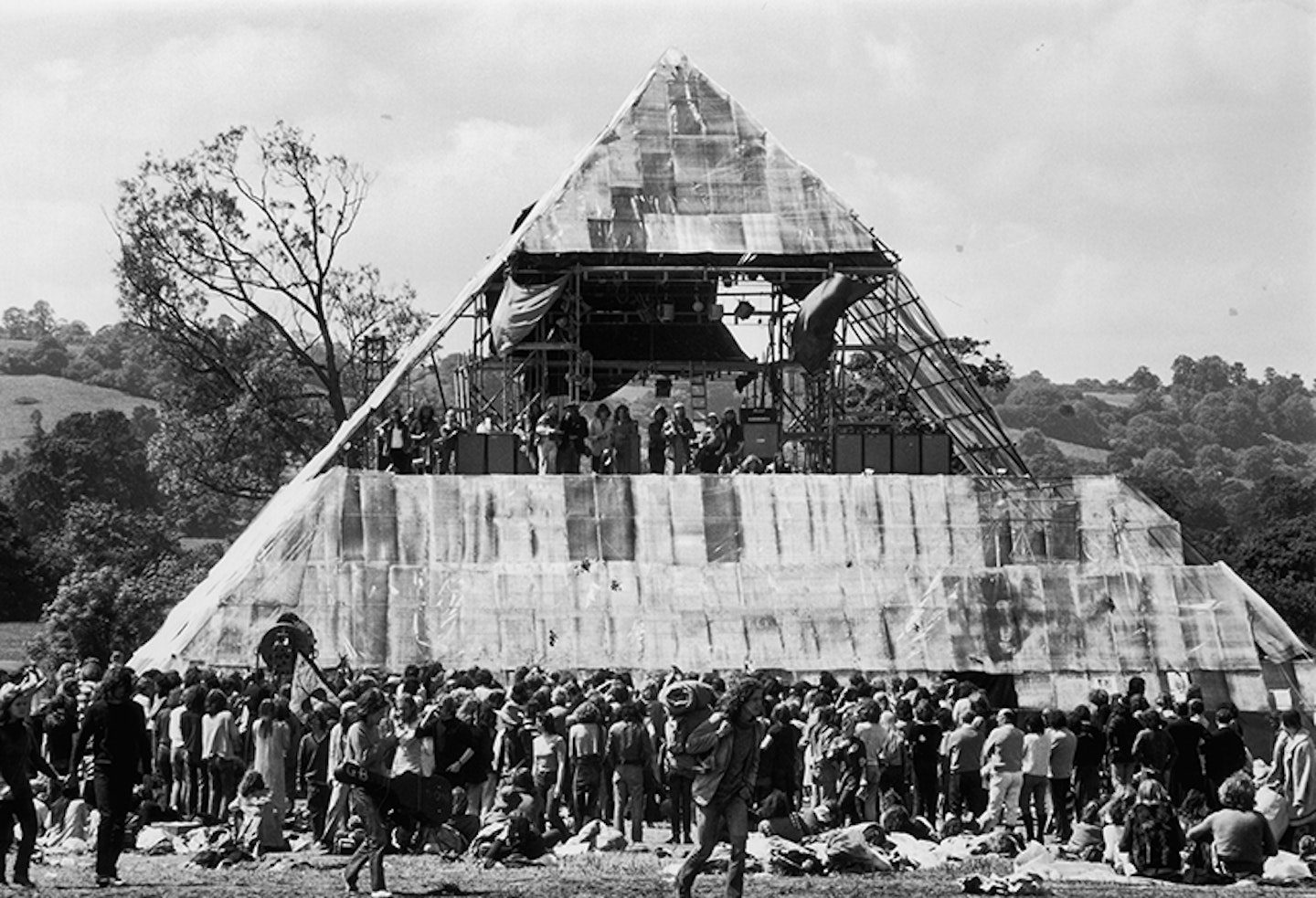
Despite all the problems, as the day wore on, crowds of happy people could be seen dancing in the fields or laughing round their campfires. It was clear the festival had been a success. At the end of it all, an exhausted Michael told the local paper he was not contemplating a repeat of the festival. But it seems the wonderful memories from that day could not quite leave him as just a year later, the festival was back as it would remain for the next half a century.
Over the next few years, Glastonbury shaped its distinct identity as we know it today. In 1971 the festival moved to the time of the summer solstice and the main stage was rebuilt as the Pyramid Stage.
After that, Michael did not organise any festivals, but hippies kept turning up anyway prompting him to make Glastonbury a regular, three-day event from 1979. In the Eighties the festival changed its name to Glastonbury Festival. It also partnered with charities - a philanthropic legacy that continues to this day as the festival donates huge sums to worthy causes such as Oxfam, Greenpeace and WaterAid as well as making their festival as environmentally friendly as possible.
Glastonbury festival weather
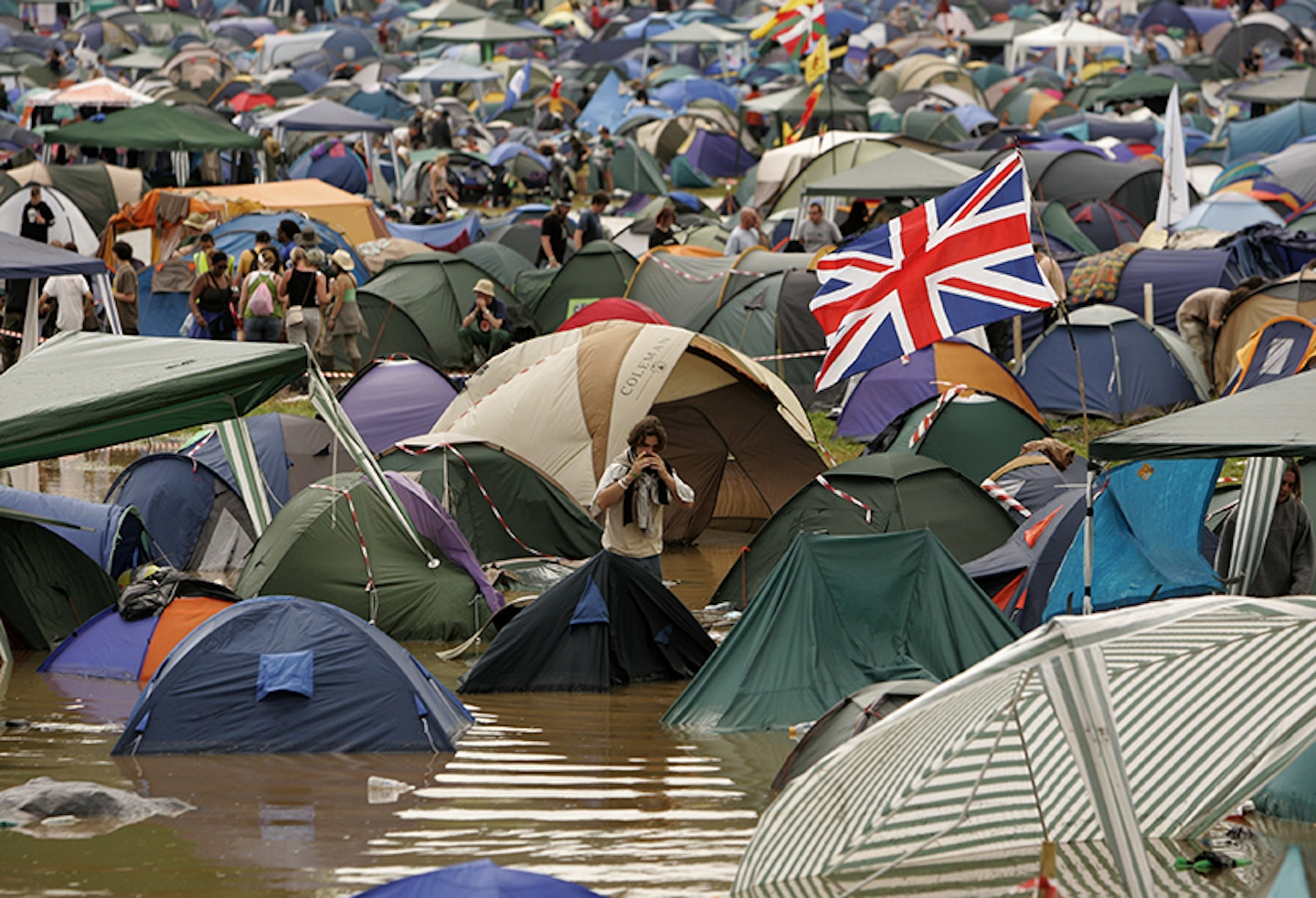
While bands can be booked and campsites prepared, the one thing Glastonbury has never been able to rely on is Mother Nature. 1985 was the first year of truly appalling weather as 43.88mm of rain turned the ground into a stream of mud and cow dung. Then in 1997 the heavy rains came again to such an extent that one of the stages started to sink into the mud. 2005, though, was the year that gave us some of the most astonishing pictures on the news of whole fields of tents floating in water, prompting the festival to invest in flood defences.
Rain hasn’t been the only challenge for Glastonbury-goers over the years, though. In 2005 the festival was dogged by thunderstorms, with forked lightning hitting tents while in 1995 the Pyramid Stage burnt down just ten days before the event.
Stand out performances
If you’re a music fan you probably have your own list, but below are just a few of some of the biggest stars to grace the Worthy Farm stages
Glastonbury memorable performances
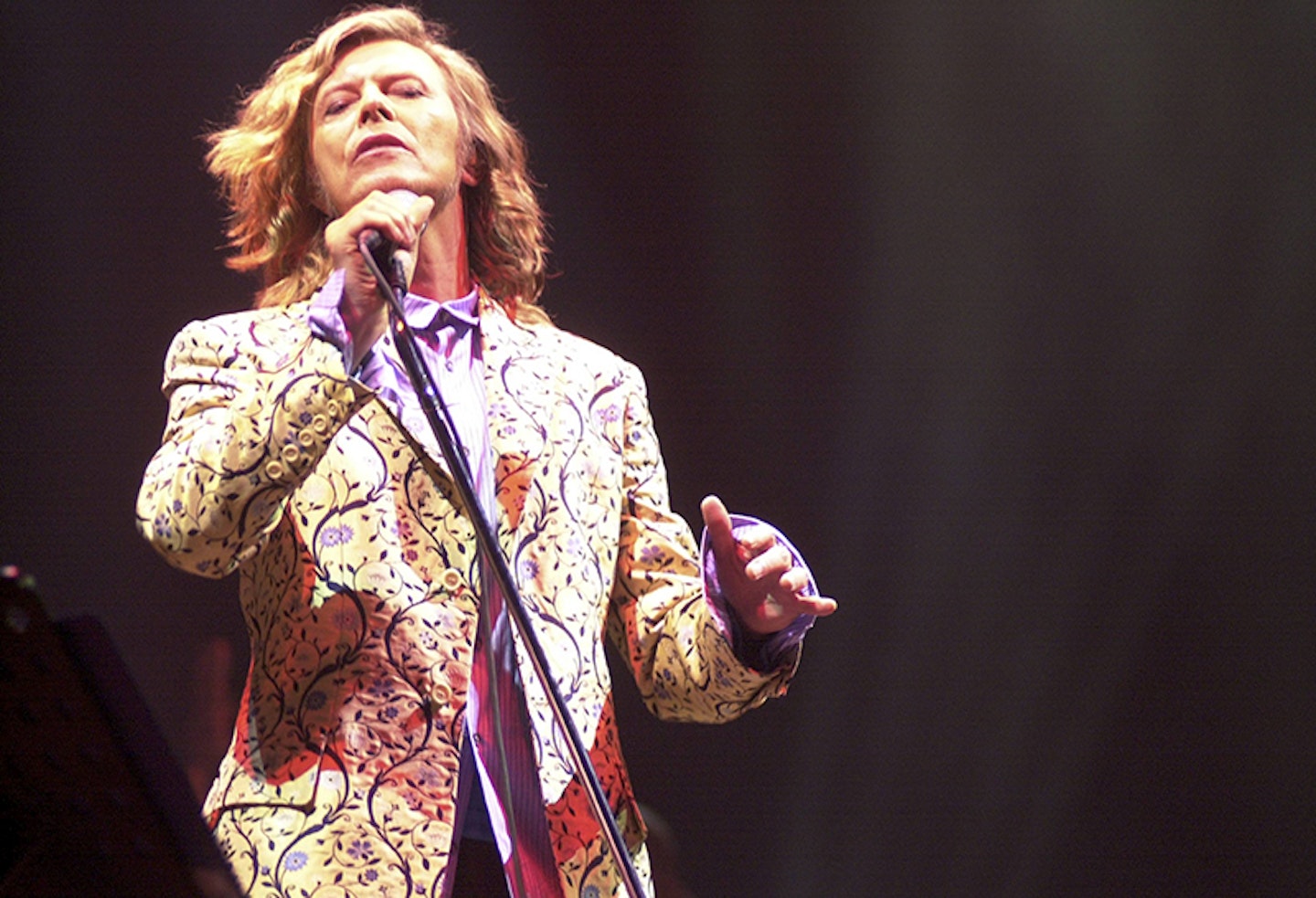 1 of 5
1 of 5David Bowie, 2000
He first played the festival in 1971 but this performance in 2000 is often hailed one of the best of his career as the 53-year-old rock star played his best-loved songs to a teary-eyed crowd
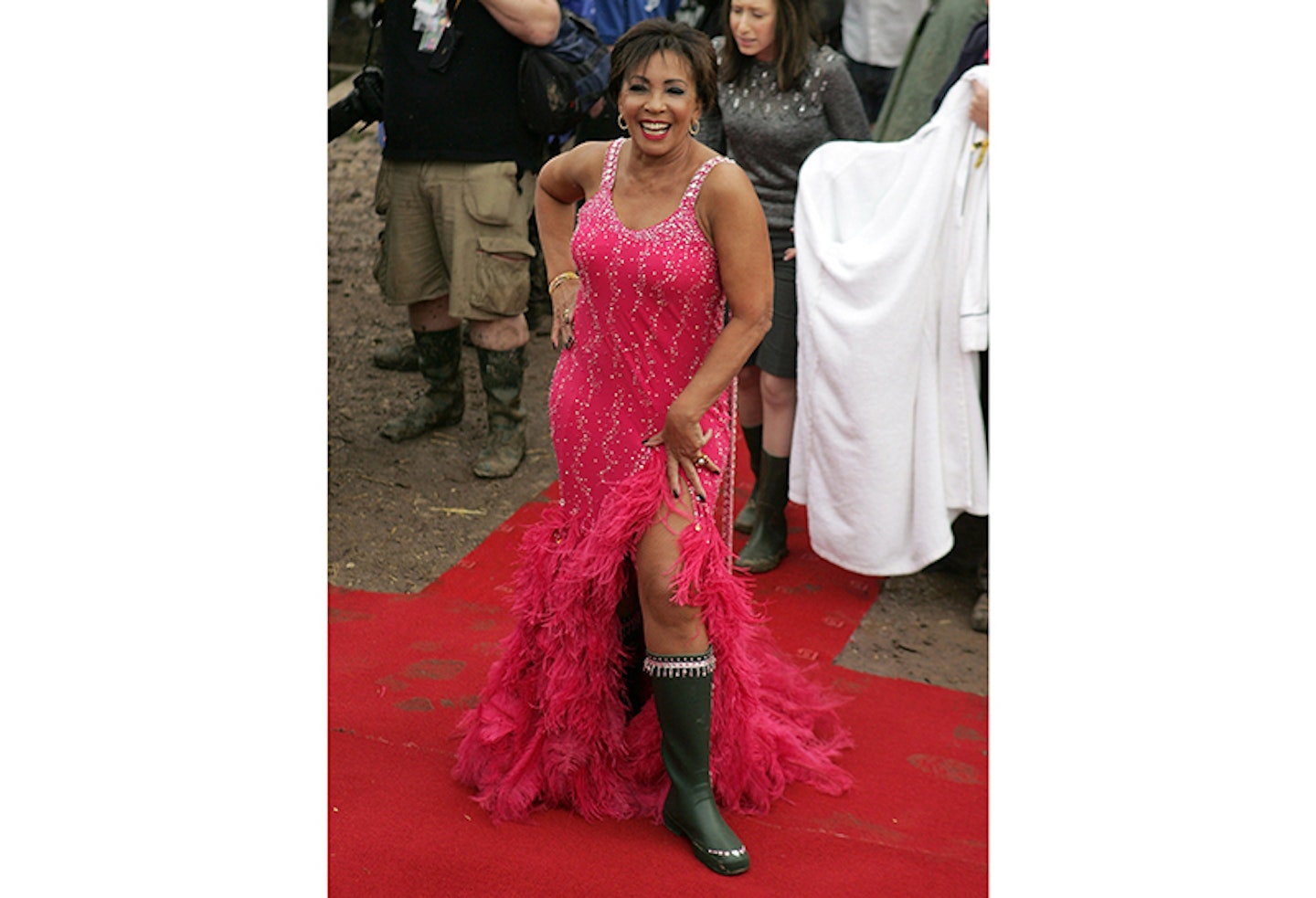 2 of 5
2 of 5Shirley Bassey, 2007
The minute she walked in the joint, you knew there was going to be a big party for Shirley who, in a hot pink frock, brought the glitter to Glastonbury – plus wellington boots!
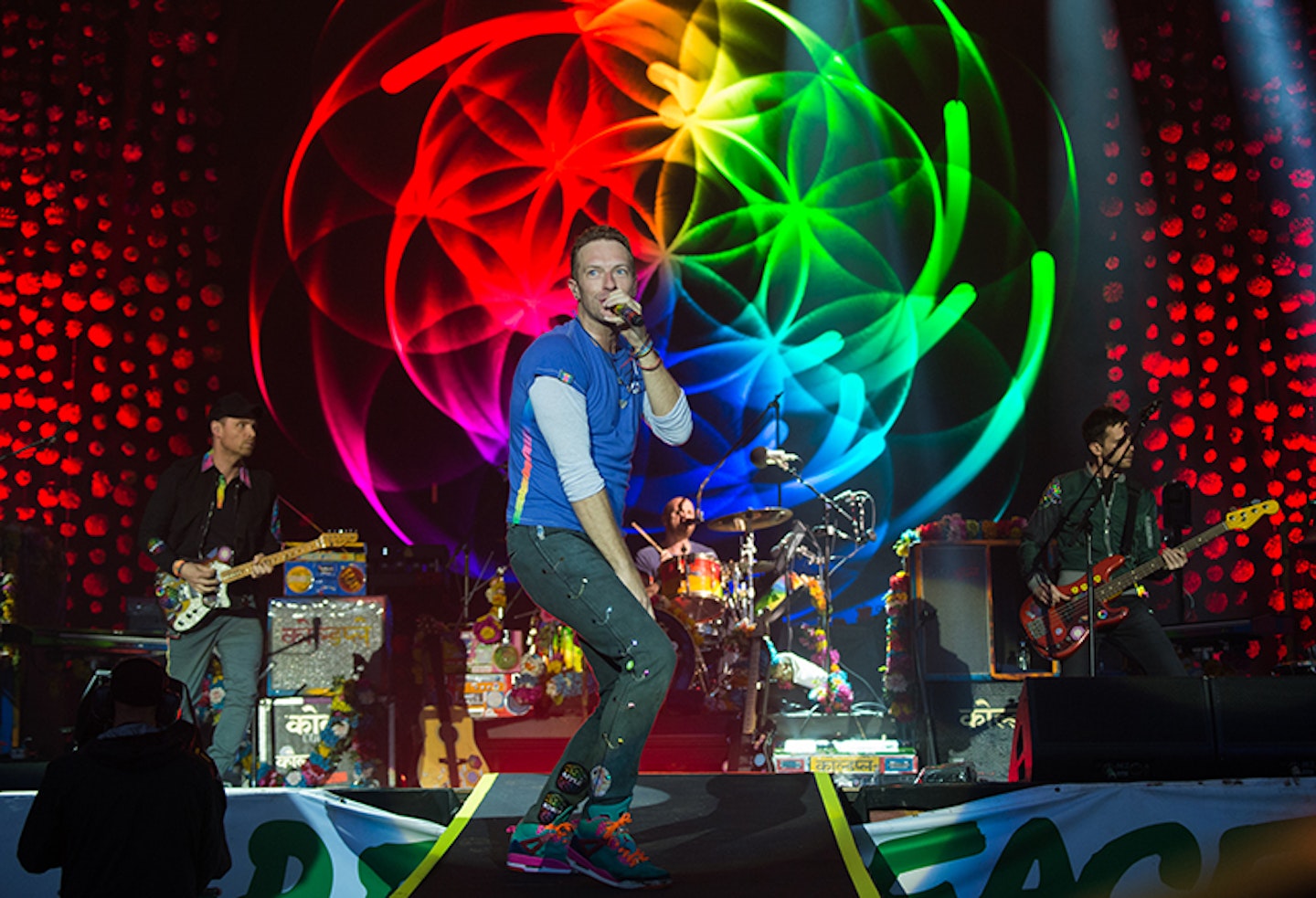 3 of 5
3 of 5Coldplay, 2016
A truly spectacular performance, there were flashing audience wristbands, confetti canons, guest appearances from Barry Gibb and even Michael Eavis singing My Way.
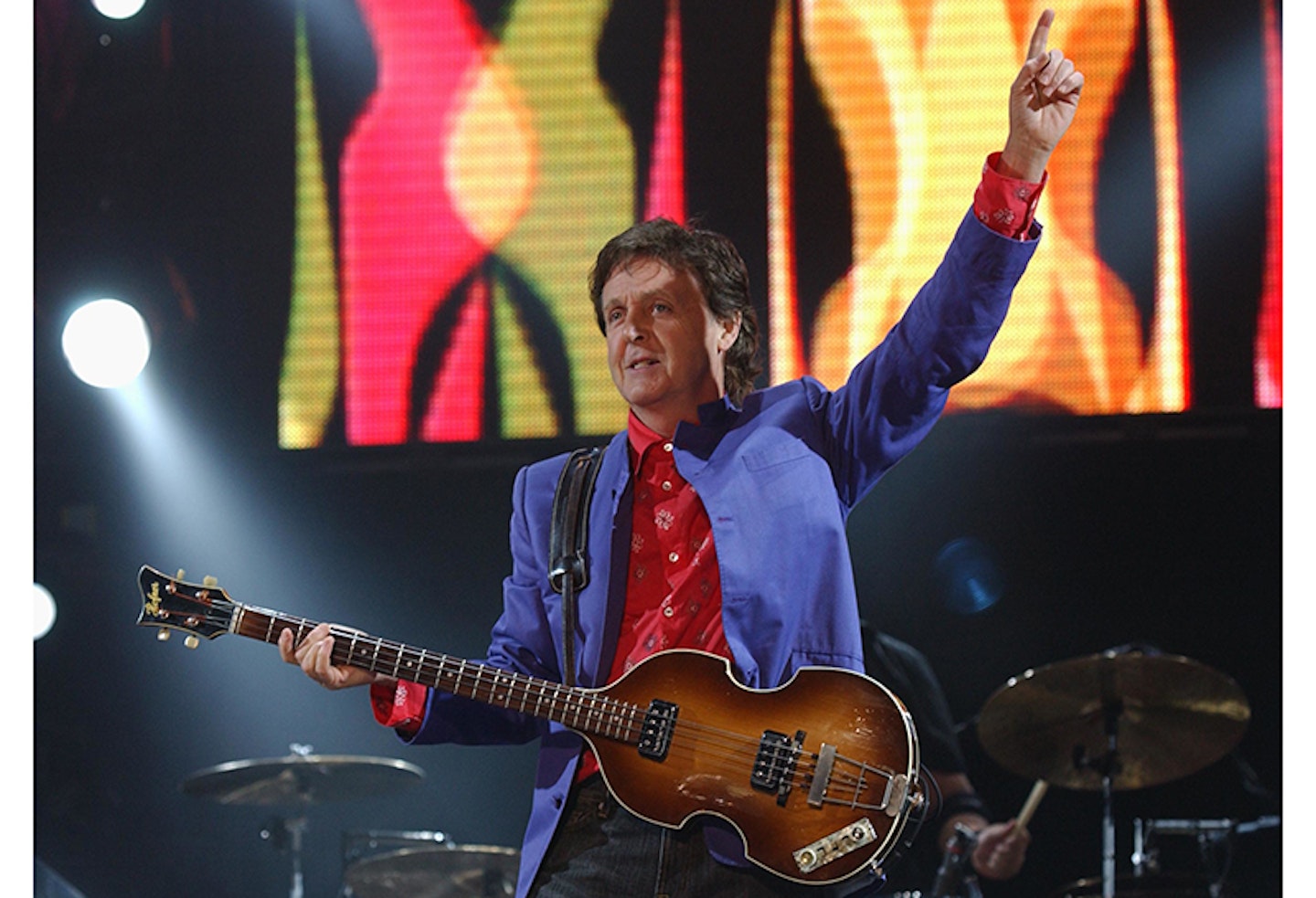 4 of 5
4 of 5Paul McCartney, 2004
Paul should have headlined the 2020 festival, returning after his performance in 2004 when he played all his back catalogue, even going on beyond the festival’s 12.30am curfew
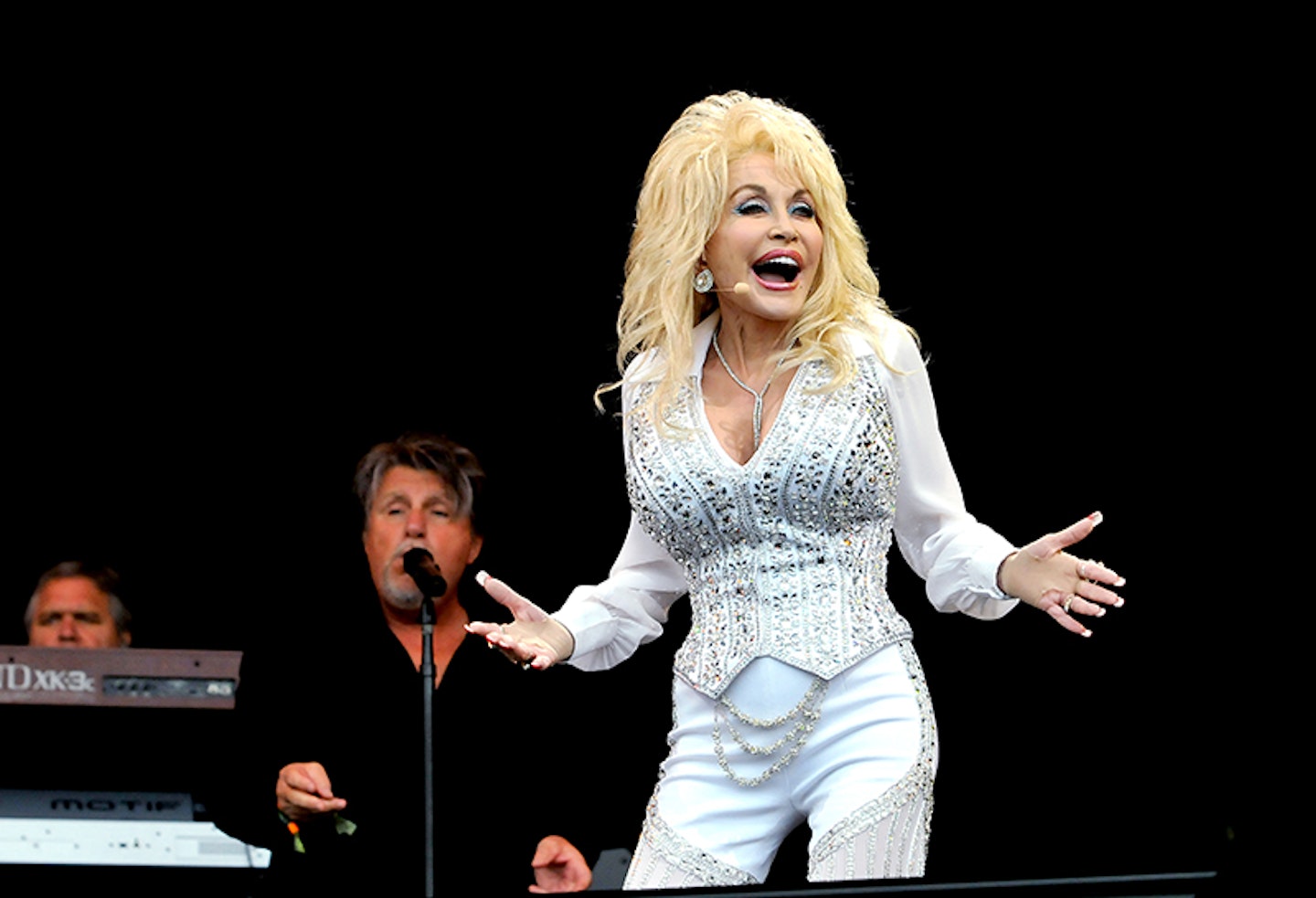 5 of 5
5 of 5Dolly Parton 2014
The Queen of Countrycharmed the sodden crowds in the now hotly anticipated Sunday afternoon legends slot.
